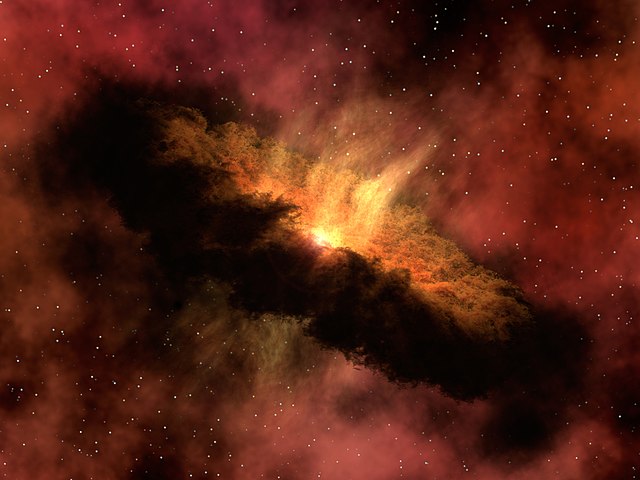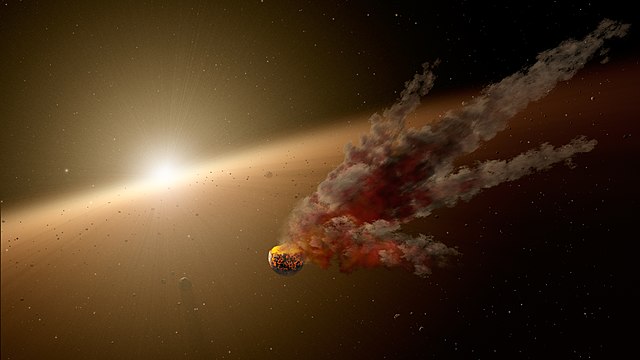Geophysical definition of planet
The International Union of Geological Sciences (IUGS) is the internationally recognized body charged with fostering agreement on nomenclature and classification across geoscientific disciplines. However, they have yet to create a formal definition of the term "planet". As a result, there are various geophysical definitions in use among professional geophysicists, planetary scientists, and other professionals in the geosciences. Many professionals opt to use one of several of these geophysical definitions instead of the definition voted on by the International Astronomical Union, which is the governing body that astronomers recognize when it comes to nomenclature.
Under geophysical definitions of a planet, there are more satellite and dwarf planets in the Solar System than classical planets.
A planet is a large, rounded astronomical body that is neither a star nor its remnant. The best available theory of planet formation is the nebular hypothesis, which posits that an interstellar cloud collapses out of a nebula to create a young protostar orbited by a protoplanetary disk. Planets grow in this disk by the gradual accumulation of material driven by gravity, a process called accretion. The Solar System has at least eight planets: the terrestrial planets Mercury, Venus, Earth, and Mars, and the giant planets Jupiter, Saturn, Uranus, and Neptune.
The eight planets of the Solar System with size to scale (up to down, left to right): Saturn, Jupiter, Uranus, Neptune (outer planets), Earth, Venus, Mars, and Mercury (inner planets)
A protoplanetary disk
Asteroids colliding during planet formation
The Sun's, planets', dwarf planets' and moons' size to scale, labelled. Distance of objects is not to scale. The asteroid belt lies between the orbits of Mars and Jupiter, the Kuiper belt lies beyond Neptune's orbit.





